Introduction to top 50 poultry farming tips: Poultry farming is defined as domestic or commercial bird rearing, mainly for meat and eggs but also for feathers. Chickens, turkeys, ducks, and geese are of primary importance in poultry farming. Poultry provides you with fresh and nutritious food and its global demand is huge. That is why global consumers of poultry products prefer them because of their nutrition and freshness. Running your own business, big or small, can be fun and rewarding.
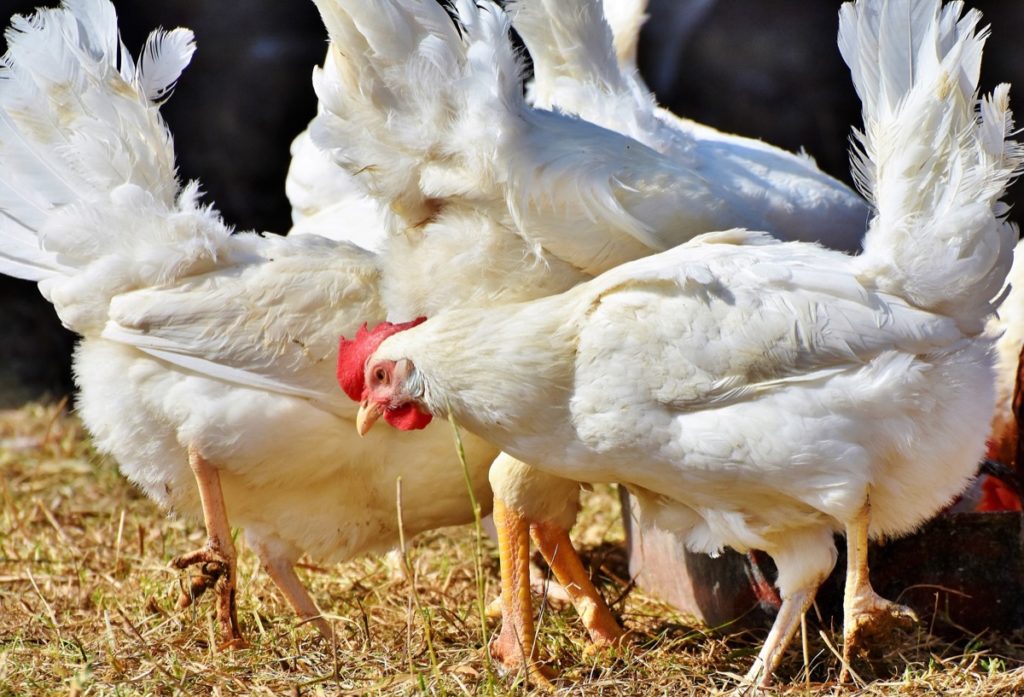
The poultry business requires proper planning and management. If you want to start a poultry farm then these poultry farming tips will be helpful for you. These all tips help for how to start poultry farming with minimal investment. Here, we mentioned the top 50 tips to start successful poultry farming are as follows.
Top 50 Poultry Farming Tips
- The poultry farming business is profitable. Starting a small poultry farm can be a great source of income for your family if you have the right space and knowledge. This is due to a combination of some possible factors in the poultry sector – rising per capita income and declining real poultry prices.
- Choosing the right place in the checklist for successful management of poultry, site construction, breeding plan, accurate knowledge of equipment usage, obtaining various standard information from different sources, management of daily affairs of poultry, including housing construction, arrangements, and timely marketing.
- Owning a poultry farm can be a daunting task, but it can also be very satisfying. A combination of quality nutrition, veterinary guidance, and more reflection on barn and bird management will help ensure that birds have the best chance of performing to the best of their ability.
- The farm site should be away from the hustle and bustle of the city. It should be a pollution-free environment. The farm should have adequate, clean, and fresh drinking water sources.
- The site should also be free of poultry enemies and predators such as foxes and leopards. The selected site should be easily accessible from the main roads.
In case if you miss this: How to Start Poultry Farming in Haryana
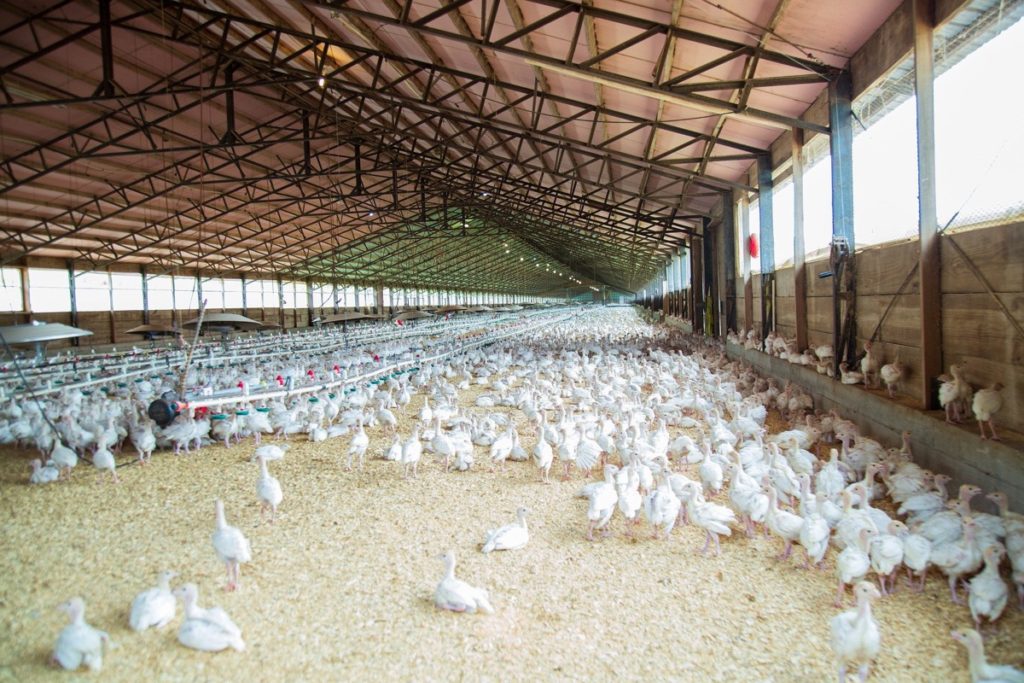
- Some basic training is important to start a poultry farm. Without proper training from a dependable farming institution, do not rush to start a poultry business. Know that this is a delicate business as you deal with live birds. For example, if you are not trained on how to raise chickens daily, it can eventually prove costly for your poultry farm business. So, learn all the basics of farming to run your chicken business successfully.
- Always have plenty of space for birds in your poultry house. This will help your poultry birds to survive, grow and thrive happily. Avoid overcrowding at the poultry house.
- A good ventilation system is essential and makes sure their poultry houses are well ventilated. Also, maintain adequate flow of fresh air and light indoors. Keep proper distance between two poultry houses for commercial production. Clean the house and furniture regularly. Disinfect the poultry house before bringing new baby chickens to your farm.
- Build farms away from the city without hasty busty noise and pollution. The place or land should be chosen wisely where there is proper ventilation, good air circulation in the farm and the place is accessible for road and transportation. You should turn east-west to avoid too much sunlight when building a poultry farm shelter.
- The most interesting thing about poultry is its high growth rate and it takes approximately 21 days for the eggs to hatch. It takes about 27 to 28 weeks after they are born when they are fully ready for the market. A grower starts earning his income in just 31 weeks after starting poultry farming. According to calculations, he will be able to double his income in one year. However, there are some uncertainties in this business, deaths, and diseases are some of them but they can be reduced with proper arrangements and vaccination.
- Poultry breed selection refers to the breeding of chickens either to maintain/increase the current flock or to select specific individuals to improve one or more traits like size, weight, egg production, meat production.
- There are many breeds of chicken available. Each of them differs from the other in terms of the color, size, characteristics of their wings, and even the color and size of the eggs.
- The best way to identify a poultry breed is to first look at its weight and height, the color of its wings, and its behavior. Choose dual breeds of chicken. Chickens are generally divided into two types: meat breeds and laying hens. If you are not sure which route you want to take, choose a breed that is known for laying a good number of eggs, but also has good meat production if you Get extra chickens that don’t lay. Some important breeds are the Rhode Island Reds, New Hampshire Reds, Barred Rocks, and Araucanas. Dual-purpose chickens also appear to be more rigid and self-sufficient than other “special” breeds.
In case if you miss this: How to Start Poultry Farming in Karnataka
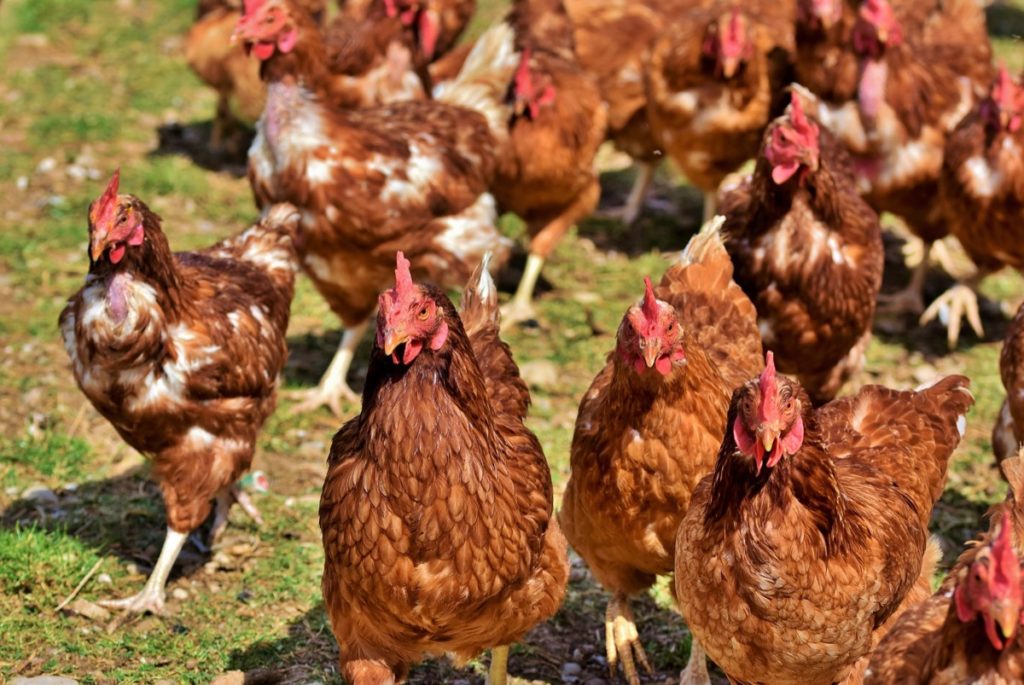
- Some important things to consider before starting a poultry business are writing a business plan, survey, and feasibility study. Others are sitting on the farm, buying cages, sourcing startups. Others include funding, taxes, and insurance, appropriate pricing, and marketing protection. Poultry birds need food, medicine, proper nutrition, good hygiene, labor, and transportation.
- The best temperature for raising baby chickens – Baby chickens are more susceptible to cold compared to adult chickens due to their small size and immature feathers. Baby chickens are particularly susceptible to colds in the first few days of their lives, and exposure to cold temperatures during this time can lead to illness. A good rule of thumb is that when the baby chickens hatch, start the ambient temperature at 32-35°C, and then reduce the temperature to 5 degrees each week as the baby chickens grow. They can be kept at an ambient temperature of 21-23°C, once the baby chickens reach 5 weeks of age.
- Choose your poultry sector – Poultry farming is a wide industry. There are two types of farming, they are broiler and layer. A broiler is a chicken that you raise for meat. The layers are the chickens that you pick up for the eggs. The chicken farming business is usually run in several sectors.
- Choose the right type of bird – Poultry farm owners keep many kinds of birds, they are chickens, ducks, geese, quails, guinea fowl, turkeys, pigeons, and peacocks. You should also decide whether to raise broilers or layers. It is a choice to start farming for meat production or egg production.
- The purchase of chicken cages is a very important part of the business as many of the factors influencing it depends directly on the size, direction, strength, and layout of the chicken cage. Measure the size and budget of your poultry before buying a chicken cage. There are chicken cages available that we offer – layered chicken cage (battery cage), baby chicken cage, broiler cage, commercial quail cage, and commercial rabbit cage, etc. High Top Poultry Equipment is one of the leading manufacturers of chicken cage and poultry equipment.
- Start small – If you are inexperienced in the market, do not start large-scale poultry farming. You have to start a small business and then expand slowly as your poultry business grows and demands an increase in your product. Also, you should do a proper feasibility study before going into business. If there are too many competitors or if the supply of poultry products exceeds the demand in your area, look elsewhere to start your own business or find another business to start. There are several other lucrative businesses in the livestock industry that you may want to consider.
- It is important to determine the type of poultry farm before you buy anything to start your farm. For example, raising broiler chickens can be great for producing meat and producing eggs for sale. Think about your target market, what kind of poultry products you want to sell the most. The next important step in the poultry farm business is to buy chicken breeds. Make sure you choose a reliable breeder to buy your baby chickens. As a new poultry farmer, it is better to start the day with old hens rather than old ones. For those who have no experience raising chickens, it is best to start small and work your way up.
- Feeding – Feeding management for commercial poultry birds is an advanced science that ensures maximum energy for growth and fat production. Also, high-quality and balanced protein sources produce maximum muscle, skin, and feather growth. Essential minerals are produced by bones and eggs. About 3 to 4 percent of living birds contain minerals and 10 percent contain eggs.
- Good quality, highly nutritious food is essential for commercial poultry production. The rate of productivity in poultry birds is very high. They quickly turn their diet into food products. Regularly, they need about 38 nutrients in adequate amounts for their normal diet. Feeds can be given in various forms such as crumbs, mash, or tablets. Pellets are made by subjecting the mash feed to heat treatment under pressure. As a result, the pathogens in the feed are destroyed. It enables birds to digest food and also reduces waste. Crumbles are an expensive form of feed-in in which pellets break into granules. In addition to providing fodder to the birds, they should be given plenty of clean and fresh drinking water.
- Success in poultry production depends mainly on the quality of the birds, the comfortable environment, and the provision of good food, which is the most expensive of all inputs, deserves due attention.
- Poultry feed accounts for 65- 70% of broiler and 75-80% of layer production cost. Maize is a popular cereal used in combination with protein foods such as soybean meal, which usually determines the value of a mixed diet.
- Litter management – The litter in the poultry house serves as bedding for the birds. In addition to standing on the bed and resting, the birds will naturally pick up the litter. The condition and quality of the litter affect the health and profitability of the broiler intestine, starting from the time the chickens are kept on all production ways. In these, wet litter can act as a breeding ground for potential pathogens and the starting point of intestinal stress that develops and leads to disease. As wet litter problems increase the level of ammonia in the warehouse increases, which can be potentially harmful to bird health. Litter is very easy to prevent and manage before the onset of moisture conditions.
In case if you miss this: Poultry Farming In South Africa, How To Start
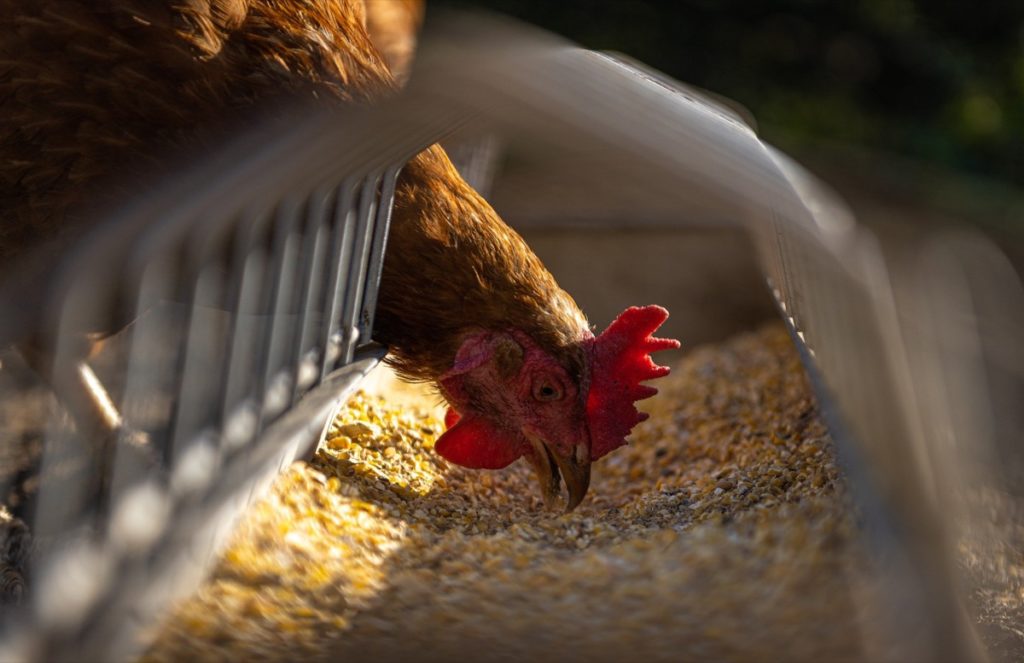
- Light management – The effect of light on growth and productivity is a very important factor. The baby chickens should be kept in the light 24 hours a day for the first week. It is important to control the length of the day to get maximum egg production. One basic rule is: never to decrease the length of the day for laying hens.
- Water management is 70-80% of the daily drinking needs of poultry birds. Poultry will generally use more water than food. As a result, water is the most important nutrient for poultry. The abundance of clean water will minimize challenges and maximize efficiency.
- In poultry farming, water management factors include quality, height, pressure, mineral content and accessibility, elimination of biofilms, and drinker equipment maintenance.
- We must always take good care of poultry birds. It is important to know about the different types of poultry diseases, and their symptoms and treatments. Timely vaccination of birds is essential. They must be provided with clean water and nutritious food. These houses should be cleaned regularly.
- The success of the poultry farm business depends on the quality of poultry equipment. With standard equipment, you can force your birds to eat and drink healthily. For poultry farmers there are different types of equipment available, you can at least get the basic equipment to get started.
- Make sure your poultry farm has proper feeders, waterers, nests, ventilation systems, cages, coops, and perches. Also, you will need brooders or heaters, lighting equipment, a waste disposal system, and an egg tray for your poultry business.
- Vaccination plays an important role in the health management of the flock. Some vaccines are used to control poultry diseases. To control parasites, birds should regularly inspect external parasites and spray formalin around the shed. Identification and treatment of sick birds.
- Check your birds regularly for any signs of illness or problems within the group. Eliminate diseased chickens and other poultry from the initial rush and get an inquiry from a certified person.
In case if you miss this: Poultry Farming In Kerala – How To Start
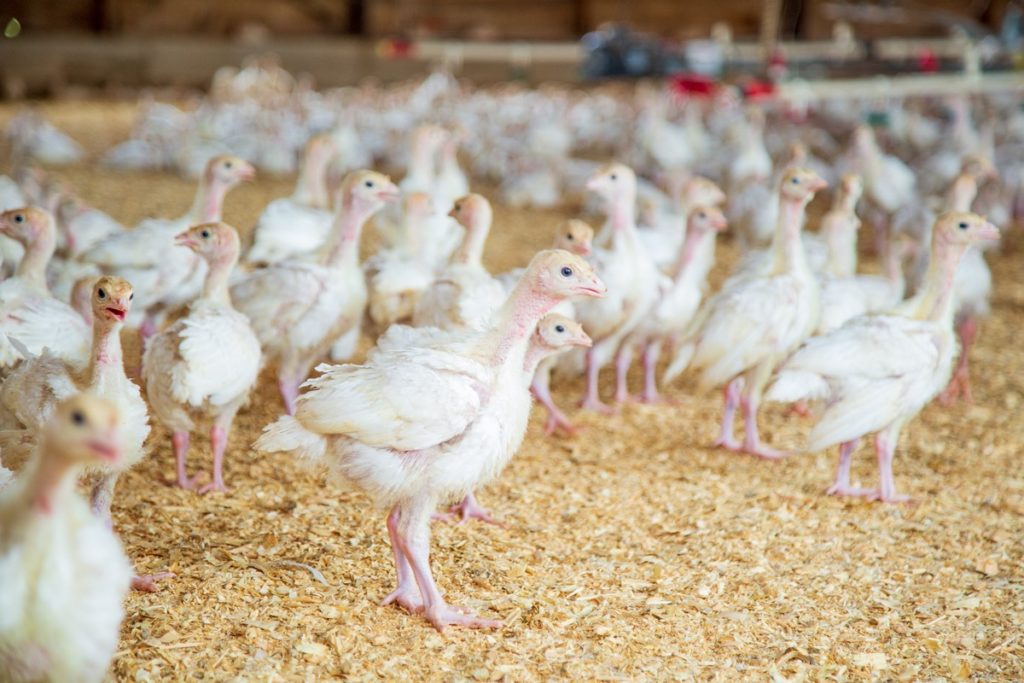
- Once you have identified the problem in your poultry birds, you can give the right treatment. Keep sick poultry birds out of the group until they are fully recovered.
- Make sure you already have a poultry farm business plan to run the poultry farm. The plan should include a broad picture of what the business will look like in the next 3-5 years. Write down your vision, goals, poultry products, target population, and marketing strategy. You already know the cost of setting up your poultry farm. Feeding, watering, egg collection, and cleaning are all mechanized.
- Depending on the poultry species and breed, poultry birds are housed in wire cages with 2 or 3 animals in each cage, and three or four levels of cages are superseded to save space.
- Increased productivity from laying bird cages, reducing mortality, reducing wildlife, reducing food needs, reducing diseases and parasites, improving cooling, and reducing both space and labor requirements.
- Heat stress in poultry birds is exposed to heat pressure when air temperature and humidity get out of control at their basic body temperature. Heat stress can lead to shortness of breath, increased water intake, and eventually death. Also, access to cold, fresh water, ventilation, and a feed schedule can help provide comfort to birds.
- Poultry is susceptible to many diseases. The most common diseases in poultry birds are fowl cholera, chronic respiratory disease, fowl typhoid, pullorum, infectious sinusitis, infectious coryza, avian infectious hepatitis, infectious bronchitis, infectious laryngotracheitis, and erysipelas, etc.
- Strict hygiene precautions, clever use of antibiotics and vaccines, widespread use of cages for layers, and incarceration for broilers have made satisfactory disease control possible.
- More than 60% of all diseases and pathogens in the world are caused by animals – wild or domestic. Diseases are the biggest threat to start poultry farming. Outbreaks of different poultry diseases are causing severe losses to farmers.
In case if you miss this: Poultry Farming In Australia – How To Start
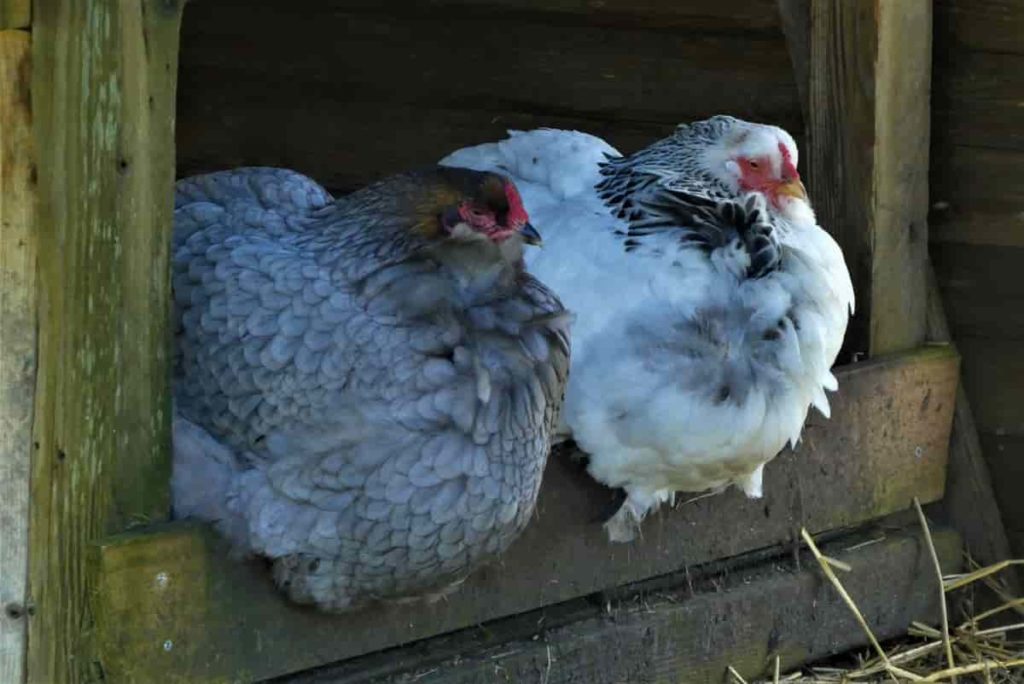
- One of the best ways to prevent the development and spread of diseases is to take good care of the birds. Shelters should be cleaned regularly. Remember that, water and food containers should be washed regularly. Take some precautions not to mix contaminated food with normal food.
- Birds should be examined regularly for signs of disease. Vaccination schedules must be followed.
- If any infection is detected in poultry birds, the infected bird should be immediately separated from other healthy birds to prevent the spread of the infection.
- Although the commercial production of eggs and chicken meat has been well-standardized on scientific principles, the marketing of eggs and broiler meat is not fully regulated in urban areas except for a few. Eggs are still transported in the open and in refrigerated vehicles.
- Eggs are transported in two to three stages through wholesale dealers, sub-dealers, retailers, etc., which increases the price of eggs by 10-15% more than the actual sale price at the producer’s place. Birds are sometimes dressed up and sold in the open air without any hygiene concerns. Similarly, eggs are sold in the open without any concern for quality.
- Climate change in egg and meat consumption and demand is the biggest challenge to price stability. Sometimes fluctuations reach 25-30% in a short span of 3-4 weeks. That is why the marketing system needs to be strengthened.
- Starting a business is not easy because you usually need a lot of funds in the beginning. The reason is that you have to buy a piece of land and essentials. In addition, there should be a constant supply of money to pay the salaries of the laborers, etc. So, apply for a bank loan to start your own poultry farm business.
- Find out what kind of loans your government offers in this sector. You should talk to a financial advisor about your loan requirements for a poultry farm business. But make sure you have a good credit history with pay stubs. This will help you to borrow money from the bank faster and at a more manageable interest rate. Don’t ask for enough credit. Instead, start by borrowing money to buy farm equipment and chickens.
- As your poultry farm business grows rapidly, you can apply for a large loan to pay off the increased income.
- Types of Pesticides Used in Agriculture: A Beginner’s Guide
- Economical Aquaculture: A Guide to Low-Budget Fish Farming
- 15 Common Planting Errors That Can Doom Your Fruit Trees
- How to Make Houseplants Bushy: Effective Tips and Ideas
- Innovative Strategies for Boosting Coconut Pollination and Yield
- Pollination Strategies for Maximum Pumpkin Yield
- The Complete Guide to Chicken Fattening: Strategies for Maximum Growth
- Natural Solutions for Tulip Problems: 100% Effective Remedies for Leaf and Bulb-Related Issues
- Revolutionizing Citrus Preservation: Towards a Healthier, Greener Future
- Natural Solutions for Peony Leaf and Flower Problems: 100% Effective Remedies
- Maximizing Profits with Avocado Contract Farming in India: A Comprehensive Guide
- Natural Solutions for Hydrangea Problems: 100% Effective Remedies for Leaf and Flowers
- The Ultimate Guide to Choosing the Perfect Foliage Friend: Bringing Life Indoors
- From Sunlight to Sustainability: 15 Ways to Use Solar Technology in Agriculture
- The Ultimate Guide to Dong Tao Chicken: Exploring from History to Raising
- The Eco-Friendly Makeover: How to Convert Your Unused Swimming Pool into a Fish Pond
- Mastering the Art of Delaware Chicken Farming: Essentials for Healthy Backyard Flocks
- 20 Best Homemade Fertilizers for Money Plant: DIY Recipes and Application Methods
- How to Craft a Comprehensive Free-Range Chicken Farming Business Plan
- Brighten Your Flock: Raising Easter Egger Chickens for Beauty and Bounty
- How to Optimize Your Poultry Egg Farm Business Plan with These Strategies
- Subsidy for Spirulina Cultivation: How Indian Government Schemes Encouraging Spirulina Farmers
- Ultimate Guide to Raising Dominique Chickens: Breeding, Feeding, Egg-Production, and Care
- Mastering the Art of Raising Jersey Giant Chickens: Care, Feeding, and More
- Ultimate Guide to Raising Legbar Chickens: Breeding, Farming Practices, Diet, Egg-Production
- How to Raise Welsummer Chickens: A Comprehensive Guide for Beginners
- How to Protect Indoor Plants in Winter: A Comprehensive Guide
- Ultimate Guide to Grow Bag Gardening: Tips, Tricks, and Planting Ideas for Urban Gardeners
- Guide to Lotus Cultivation: How to Propagate, Plant, Grow, Care, Cost, and Profit
- Agriculture Drone Subsidy Scheme: Government Kisan Subsidy, License, and How to Apply Online
- Ultimate Guide to Raising Araucana Chickens: Breed Profile, Farming Economics, Diet, and Care
- Bringing Hydroponics to Classroom: Importance, Benefits of Learning for School Students
- Ultimate Guide to Raising Polish Chickens: Breed Profile, Farming Economics, Diet, and Care
- Ultimate Guide to Raising Australorp Chickens: Profile, Farming Economics, Egg Production, Diet, and Care
- Silkie Chicken Farming: Raising Practices, Varieties, Egg Production, Diet, and Care
- Sussex Chicken Farming: Raising Practices, Varieties, Egg Production, Diet and Care
Your poultry production tips are so vital to beginners and agriprenuars willing and have ability to venture in this business enterprise.